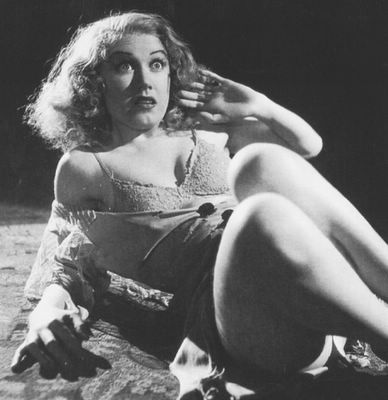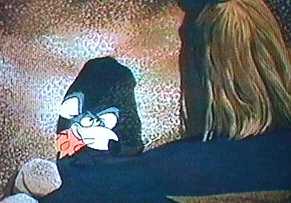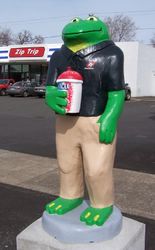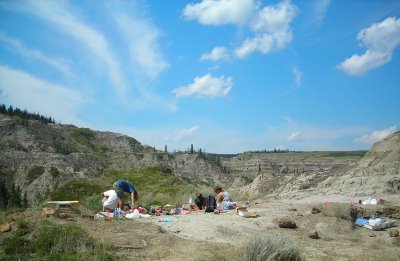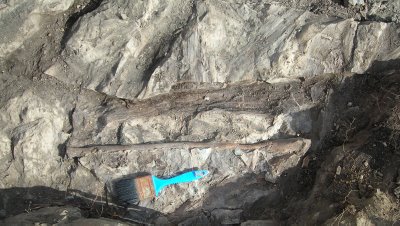Some more random photos from this season's
SADRG field work:

Tetsuto and Delina at the associated hadrosaur quarry.

'Happy Jack' Jackson's old cabin in Dinosaur Provincial Park (actually on private land within the bounderies of the Park).

Donna MacLoed (RTMP technician) collects a
Centrosaurus quadrate from BB 43 (my old MSc. locality).

Dr. Brad Belluk collects a postorbital from BB 43.

The 'Citadel' dominates BB 43.

Finishing up the hadrosaur quarry (From L to R: Nick Longrich, Jim Brown, MJR, Delina Christopher, Tetsuto Miyashita, Liz Russell).

David Evans strikes a pose in DPP.

The 'pachyrhinosaur' quarry in DPP. We moved a ton more rock this summer trying to find the ever elusive parietal.

Darren Tanke works the jackhammer in the 'pachyrhinosaur' quarry.

















